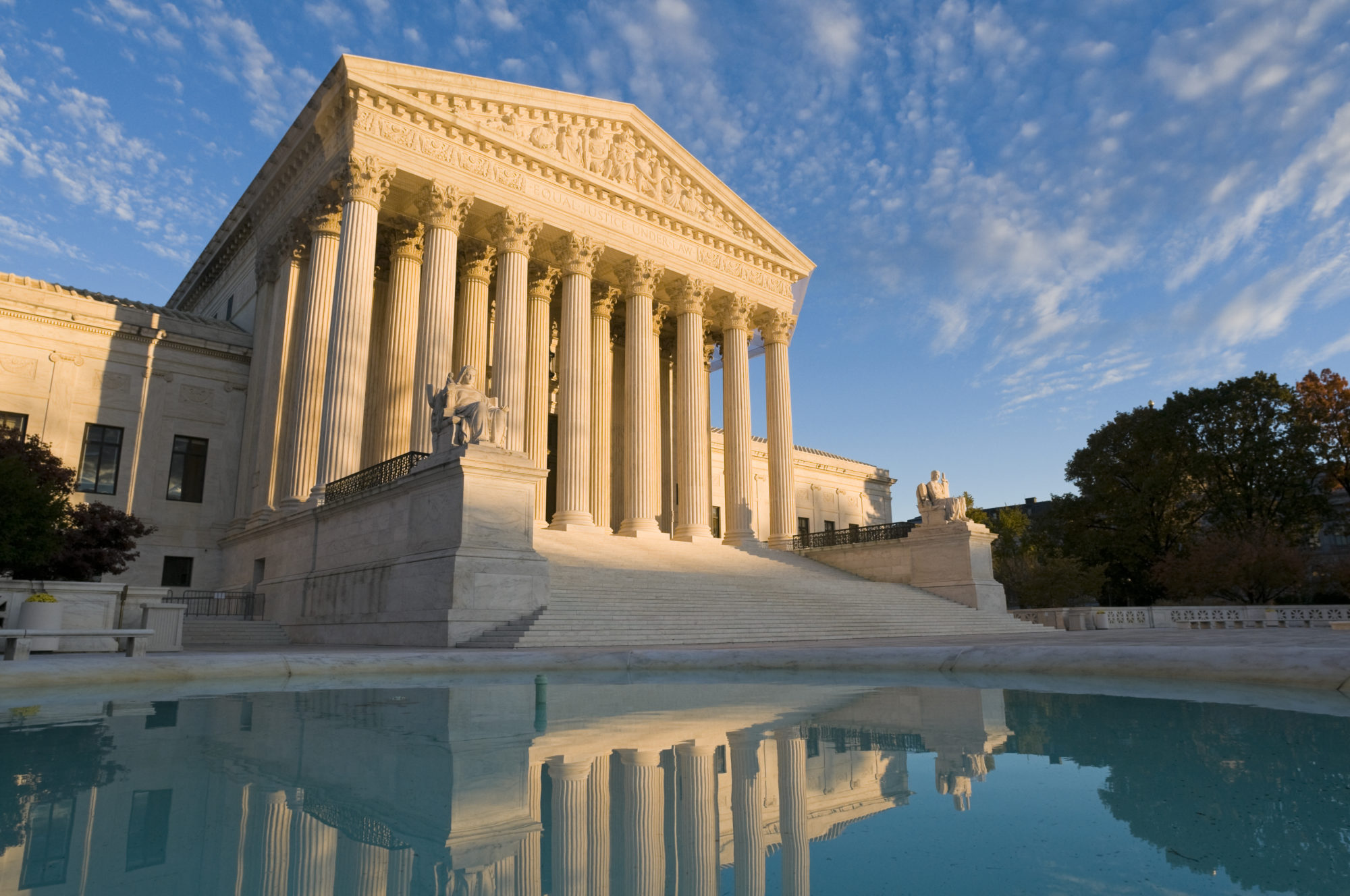Hint: Almost always, and definitely when it’s 40-feet-tall!
The Establishment Clause expressly prohibits the State from making any “law respecting an establishment of religion.” Yet, for decades, the Supreme Court has applied this particular limit on government power only selectively and half-heartedly. On the facts, it seems obvious that a 40-foot-tall stone and concrete cross set astride a traffic median by the State of Maryland is, first and foremost, a religious display by the State. It is equally obvious that the decision to honor WWI veterans with this particular symbol is either pretextual or secondary to the religious symbolism of the Latin cross. Granted, a cross can be seen simply as a marker for the dead (although many find it exclusionary, and offensively so, in that context) but when the cross is 40-friggin-feet-tall, its predominant meaning is unmistakable.
Facts versus fictions
As clear as American Legion v. American Humanist Association might be on the facts, we suspect that in this particular area of constitutional law, facts matter a lot less than beliefs about the inherent legitimacy of Christian values and identity as universal American values and identity.
The universalist claim is wrong in every possible way. The founders did not hold to it even when the population was overwhelmingly Christian, and there are now more non-Christians in America today than there are people in Thailand, the United Kingdom, France, or South Korea. Nonetheless, the fiction that symbols like the Latin cross and the Ten Commandments are simultaneously Christian and yet universal is an article of faith among many conservative Christians, and this almost certainly includes the five conservative Christian men who constitute the majority of the Supreme Court.
Unpredictable jurisprudence, predicable jurists
The Establishment Clause jurisprudence on questions such as the mandatory prayer readings and the display of religious monuments is inconsistent and unpredictable, but the justices themselves are not.
Our predictive model, based solely on the oral argument, is almost exactly what you would expect. We see Justices Alito, Gorsuch, and Kavanaugh strongly in favor of the Petitioners (The American Legion and The Maryland-National Capital Park and Planning Commission), joined by Justice Breyer (consistent with his live-and-let-live concurrence in Van Orden v. Perry) and Chief Justice Roberts (who admittedly comes out as a toss-up on the numbers, but there seems little doubt where his sympathies were).
The female justices of the Supreme Court, Justices Ginsburg, Kagan, and Sotomayor, seemed far more skeptical of the universalist assumption. It is probably no coincidence that Ginsburg and Kagan are Jewish and that Sotomayor is (in her own words) a wise Latina.

Prediction: 6:3 for Petitioners
For Petitioner: Alito, Gorsuch, Kavanaugh, Roberts, and Thomas. Breyer concurring.
For Respondent: Ginsburg, Kagan, and Sotomayor

You must be logged in to post a comment.